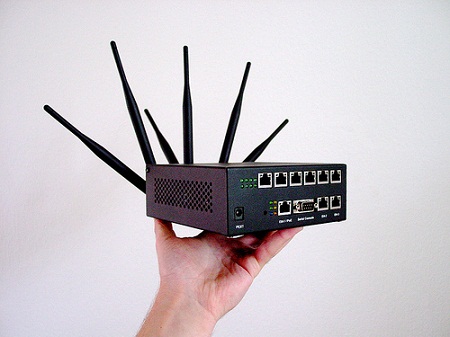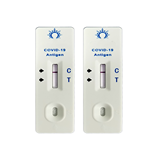The latest version of Wi-Fi, the popular wireless local area network (WLAN) technology, is set for rapid adoption as big chipmakers such as Broadcom, Intel, Qualcomm and Texas Instruments use the upgrade to maintain or grow their market share, according to analyst ABI Research.
According to ABI, the inherent advantages of 802.11ac will ensure it comprises 50 per cent of total shipments by 2014, although much of that volume will comprise 802.11n/802.11ac dual-band chipsets. Only a small proportion will be 802.11ac single-band.
Elsewhere, analyst In-Stat predicts sales of 802.11ac products will grow rapidly after launch, rising from about 1 million shipments in 2012 to nearly 350 million in 2015. But the company notes that the current version, 802.11n, isn’t about to disappear, forecasting it will ship 1.5 billion units in the same year.
"With the exception of a small and dwindling number of 802.11g chipsets, everything has already shifted to 802.11n, and it has happened faster than most people expected," Philip Solis, a Research Director with ABI Research said.
"This is a clear indication of what will happen with 802.11ac. [We expect] a rapid transition will occur with 802.11ac, but without the messy politics that slowed down the standardisation of 802.11n in the past."
IEEE 802.11ac promises throughput of at least 1Gbps (giga-bits per second) and will operate in the relatively interference-free ‘5GHz’ (actually 5.725-to-5.875GHz) Industrial, Scientific and Medical (ISM) band.
In comparison, 802.11n offers a bandwidth up to 600Mbps. And although it can optionally operate in the 5GHz band, 802.11n predominantly uses 2.4GHz. Bluetooth, ZigBee, cordless phones and a slew of proprietary technologies operate in this band, competing for bandwidth and potentially reducing throughput.
Moreover, there are just three non-overlapping channels available to Wi-Fi in the 2.4GHz band, whereas the 5GHz band offers 20 channels.
Although the Initial Technical Specification Draft 0.1 was released in January this year, IEEE 802.11ac is not likely to be formerly adopted by the US-based Institute of Electrical and Electronics Engineers (IEEE) until late 2013. However, as happened with the 802.11n version, chipmakers are likely to manufacture silicon based on the draft standard well ahead of the formal adoption.
The new technology uses multiple antennas, wide bands and beam forming to deliver up to 1.3Gbps of usable throughput. It also offers longer range and reduced attenuation when passing through walls and other obstacles.
Multiple antennas – which are also a feature of 802.11n - allow information to be sent wirelessly on separate streams to increase throughput. However, 802.11ac features wider bands than the older version of Wi-Fi taking up 80 or 160MHz of spectrum compared with 802.11n’s 40MHz maximum.
Wider bands allow faster data transmission. Beam-forming directs Wi-Fi’s RF signal along the optimum path between transmitter and receiver further boosting throughput. The technology has been used with 802.11n, but is not a standard feature of the technology.
802.11ac received a boost in November with an announcement by US-based network chipmaker Broadcom, which said that it planned to ship 802.11ac chips in 2012.
"Consumers will need faster Wi-Fi soon to enjoy activities such as sending multiple streams of video to a TV," a company spokesman said.
The company states that WLANs using 802.11ac play a role in its vision of home networks, which sees gateway devices receiving content of all types and distributing it around homes.
In the industrial sector, price sensitivity and relatively long payback cycles on legacy equipment will slow the take-up of 802.11ac. The sector is only just starting to take advantage of the benefits of 802.11n over older versions of Wi-Fi such as versions a, b and g.
Moxa, for example, distributed in Australia by Paqworks, has recently introduced an industrial wireless AP/bridge/client offering faster data transmission speeds and wider coverage by employing 802.11n. The company says the unit has a net data rate of up to 300Mbps.






